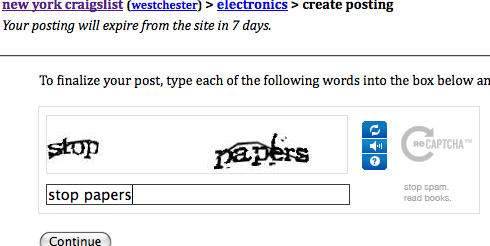Head smack interfaces
WARNING: A long, rambly exploration of the state of computing with no real conclusion…:
It takes two seconds to learn pinch-to-zoom, but if you handed an iPhone to someone who had never seen one and said “zoom in on this web page”, they’d have no clue how to do it. They would likely not even know it was possible to zoom unless you had told them.
However, once you showed them, it would immediately seem natural, and it’s hard to conceive of a more efficient way to perform zooming with human hands. Like the Newton’s “new note” separator, it provides functionality with no screen space required for controls, and provides a tactility that is extremely gratifying at what must be a very low level of the brain.
The benefit of pinch-to-zoom over previous zooming methods is so immediately apparent that it justifies the learning curve. That the learning curve is extremely small also helps. I find it fascinating that a huge portion of iPhone usability training is done via the TV ads, pre-sale. They’re both marketing and instruction.
Very interesting article and a good riposte to the idea that interfaces always need to be immediately and completely obvious-sometimes also called the “naive user” interface. Interfaces need to be consistent, progressively rewarding, and easy to discover. Doesn’t need to be completely called out from first glance, but does want to be apparent rather than obscured.
We have been trying to strike a balance at work between the need to describe and desire to not make a brochureware site. We offer a great number of resources and are working on presenting them clearly while not overwhelming the user. I’m going to send the article around. Read it.
(Via ~stevenf.)
